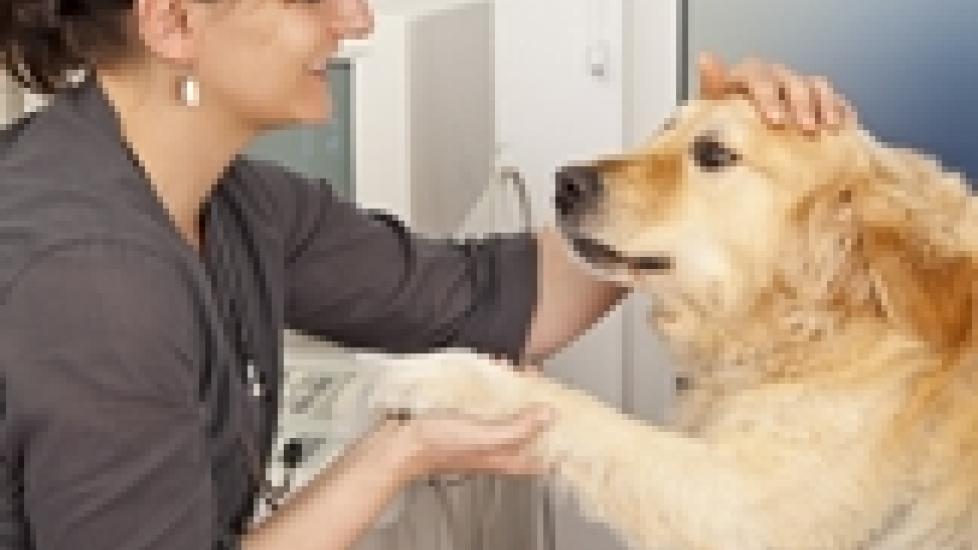Times, They Are A Changin'
This year marks the 150th anniversary of the AVMA (American Veterinary Medical Association), the primary veterinary professional organization in the U.S. A majority of veterinarians in this country are members and, for a yearly membership fee, receive twice-monthly issues of the Journal of the American Veterinary Medical Association (affectionately known as JAVMA) as well as access to lots of goodies on the AVMA website and a discounted price toward AVMA’s annual convention.
AVMA conducts periodic surveys of its members to study and report trends in the veterinary profession. The JAVMA recently published selected results of some surveys conducted over the past century and I’d like to share some of this data with you to help illustrate the shift in veterinary medicine over the past 150 years.
Many pet owners are aware that the number of women in veterinary medicine has exploded over the past few decades. Officially, in 2011, the number of female members of AVMA was double that of male membership. This shift didn’t happen overnight. With women AVMA members numbering less than 300 in 1965, numbers swiftly grew between 1975 and 1985, where there was a turning point: during the 1985 to 1986 academic year, for the first time, women outnumbered men in veterinary colleges in the U.S. Interestingly, if you think of this information as a line graph, after 1985 the number of men in veterinary schools has slowly but steadily decreased while female numbers continue to skyrocket.
Many livestock owners may be aware of another shift that has been gradually taking place in the veterinary profession in this country. The number of small animal practitioners continues to rise while large animal vets dwindle comparatively. This is an interesting concept to me and I think it speaks to many different things going on both socioeconomically and agriculturally in the U.S.
Firstly, changes in the way the public sees pets, with more attention given to animal welfare and the human animal bond, I think has created a culture that is more willing to pay for small animal veterinary services than before. This, in hand with an average increase in disposable income, has prompted pet owners to provide the best veterinary care for their small animals.
Secondly, many farms have formed conglomerates over the years. Massive dairy corporations with 5,000 heads employ one or two vets to work only on their farm where in past decades, these numbers were spread out over hundreds of miles on numerous small farms, requiring more veterinary personnel. The same goes for the large swine producers, poultry corporations, and the feedlot cattle industry. Whether you agree with “big agriculture” or not, this is firmly entrenched in the U.S. and affects the ebb and flow of the veterinary workforce.
AVMA reports that in 1931, cattle consumed 38 percent of a veterinarian’s time, horses 19 percent, and small animals 24 percent. Compare this to numbers from 1990, and cattle are now lumped into “large animal” which only makes up 17 percent, horses a miniscule 4 percent, and small animals taking the lion’s share at 53 percent; keeping in mind that even this data is over 20 years old.
Certainly, a plethora of factors influences these changes and I have not even begun to touch the tip of the iceberg on the why, how, where, and who of it all. Although such surveys provide some simple answers, it appears to me that they also create more complex questions. Isn’t it an intriguing thought to ponder what the AVMA numbers will look like in another 150 years?

Dr. Anna O’Brien
Image: Foto Arts / Shutterstock
